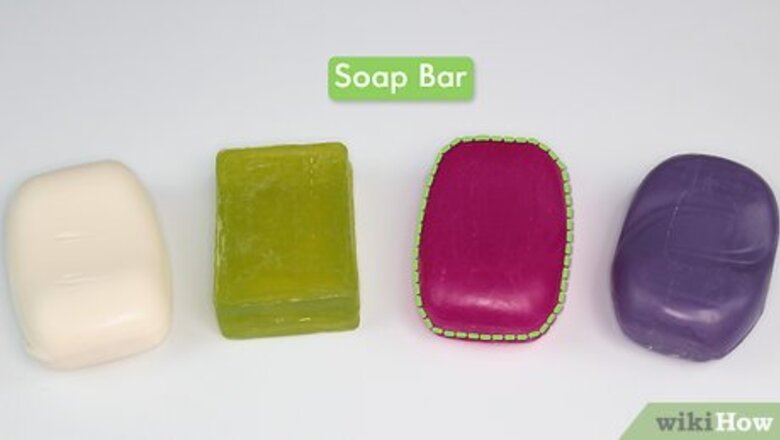
views
Gathering Materials
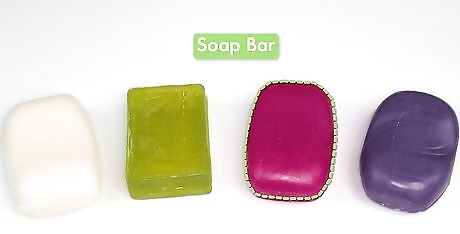
Choose a bar of soap. Any soap will do, but the harder the soap, the more difficult it will be to cut. On the other hand, if it is soft instead of firm, it will be more likely to crumble. Rectangular soap is easier to cut for beginners than round soap. The color you use is up to you and your project idea. Inexpensive ivory soap is good for practice.
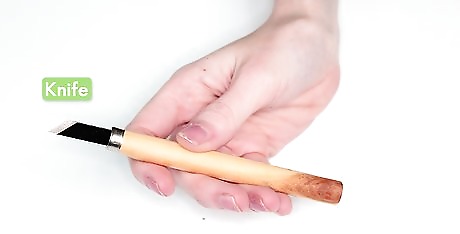
Get a knife. A carving or paring knife is perfect for whittling down the soap into a basic shape. Soap is often soft enough that kids can use butter knives, plastic knives, spoons, or popsicle sticks. For detail work, you may wish to get a finer knife such as a detailing knife or substitute in an orangewood stick or toothpick.
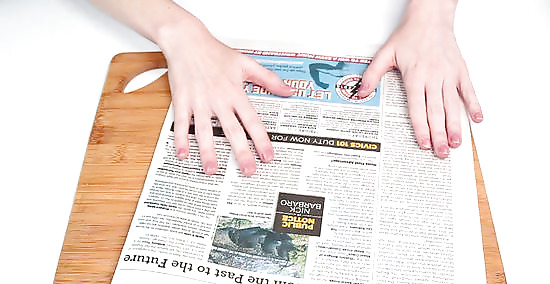
Cover your work area. Spread newspaper out over the area where you’ll do the carving. When you’re finished, you’ll be able to wrap up the newspaper to easily remove the soap fragments. Another option is to hold the soap over a bowl as you work.
Working with the Soap
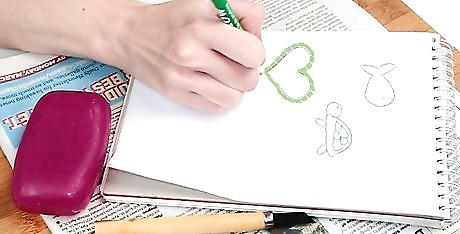
Decide on the subject. What you make out of the soap is only limited by your imagination. Experienced carvers make highly-detailed flowers and animals. For beginners, choose a block shape such as a turtle, fish, or heart. These patterns fit the shape of the soap bar and don’t require much detail work.
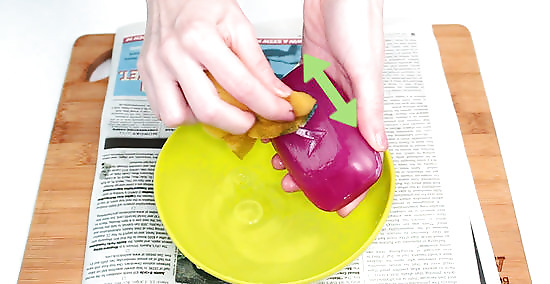
Scrape off the brand name. Your soap bar may have letters on one side of it. To get it off, place the soap under warm, running water. This makes the soap less firm so you can use a sponge or a knife to wear away the top layer. Rub off bits of soap until the surface is smooth. If you don’t mind these letters showing a little on your design or on the back of your carving, you can skip this step.
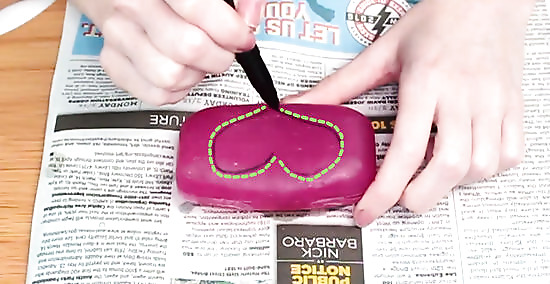
Draw an outline. You can use a pencil to make the outline or you can etch the outline into the soap using a knife, orangewood stick, or toothpick. This basic outline shows you what parts of the soap you need to remove.
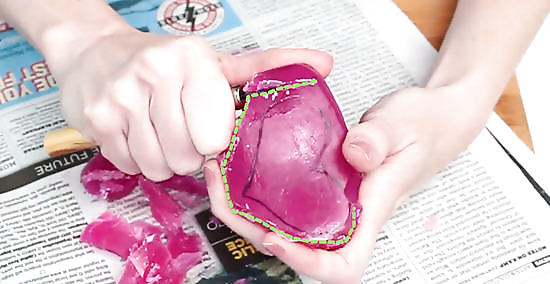
Slice away the outside portions. These cuts can be roughly done, but the soap may crumble if you try to go too fast. Slice off the edges of the soap, starting at one of the corners. Cut down to your line so that your soap forms the basic shape of your design. Try using the knife as you would when peeling a potato, keeping it between your finger and thumb and pulling it forward through the soap.

Begin detail work. At this point, you may want to switch to a pointed knife, orange wood stick, plastic fork, toothpick, or other sharp, precise instrument. Work from the middle of the bar and drag the implement to scrape out small details such as eyes, scales, and petals.
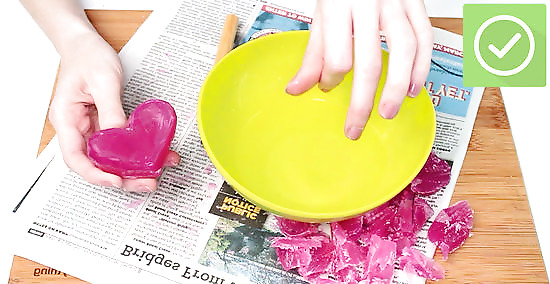
Polish the soap. Carefully use your fingers or a paper towel to remove any soap shavings left on the surface. Use as little pressure as possible. The soap will be fragile if you added a lot of details. Wet your finger and rub the surface to create a smoother finish. Let the soap dry for a day if you do this.
Trying Different Projects

Use scented soap. Once you obtain scented soap, you can add some flair. For pineapple-scented soap, cut the soap into the shape of a pineapple. This is a simple way to practice carving and the design shows exactly what kind of soap you have.
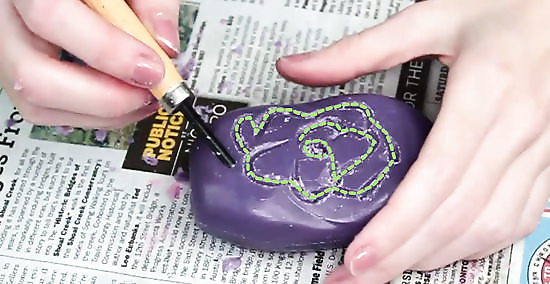
Create layered flowers. Instead of cutting out a simple block shape, use detail work to create more elaborate designs. To achieve three-dimensional flower carvings, for example, use a sharp carving tool. Create the middle of the flower in the center of the soap and shave away excess soap as you move outwards and sculpt thin petals.
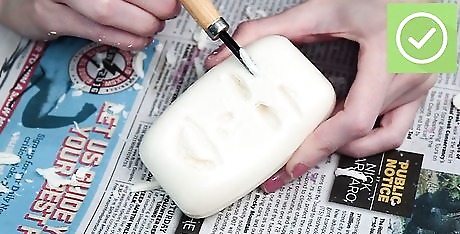
Make a character profile. While you can opt to create the whole character out of soap, you can also emphasize the head and upper torso. Similar to the flower, you won’t have to start by cutting away the soap. Instead, start in the center and create an outline. You can scrape away layers on the top surface outside the outline to make this profile picture stand out more. Etch details with a sharp tool. Since the face and upper body are enlarged, you have more of an opportunity to emphasize a character through precise details, such as lines for the hair, lips, and clothing.




















Comments
0 comment